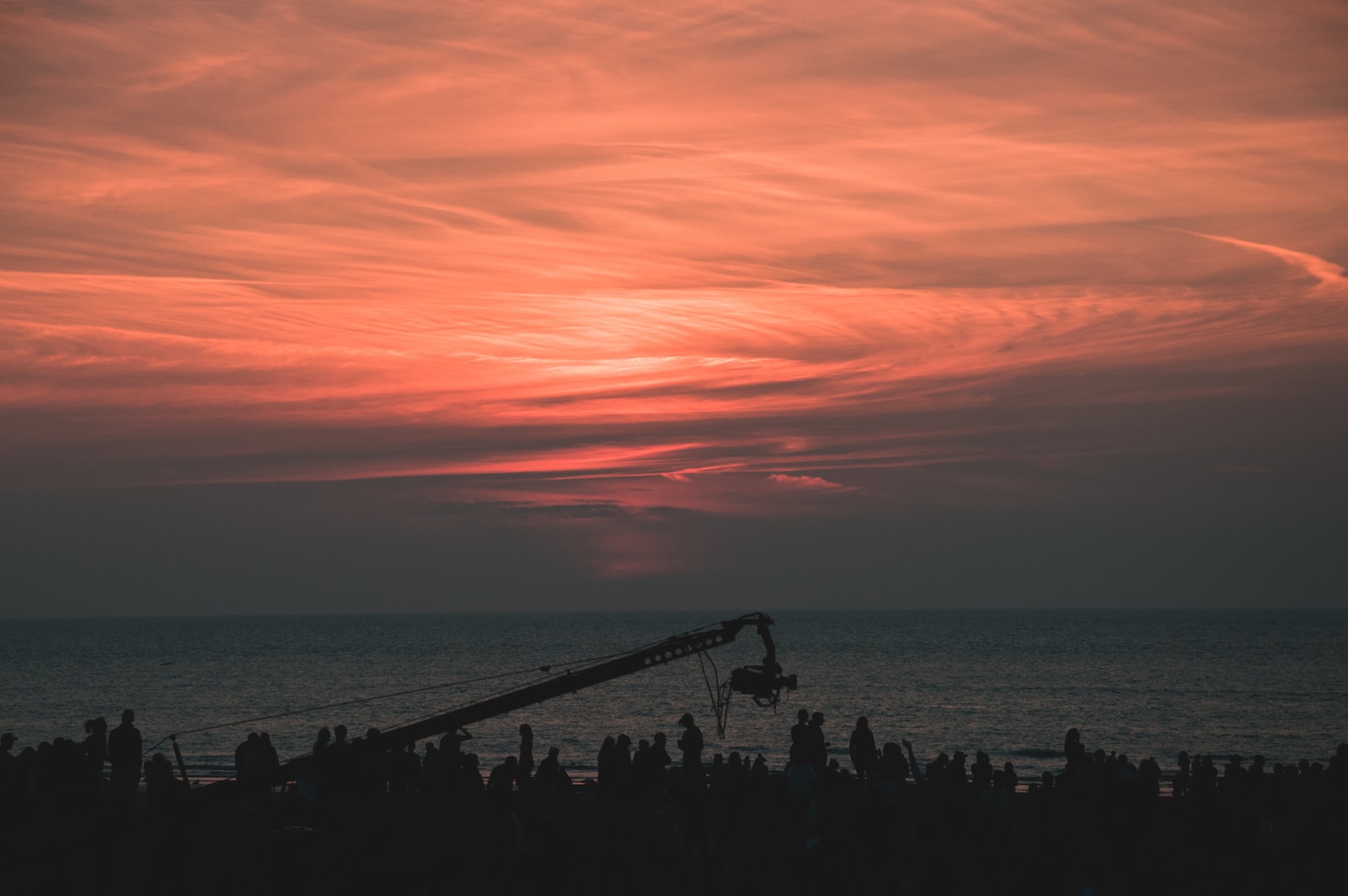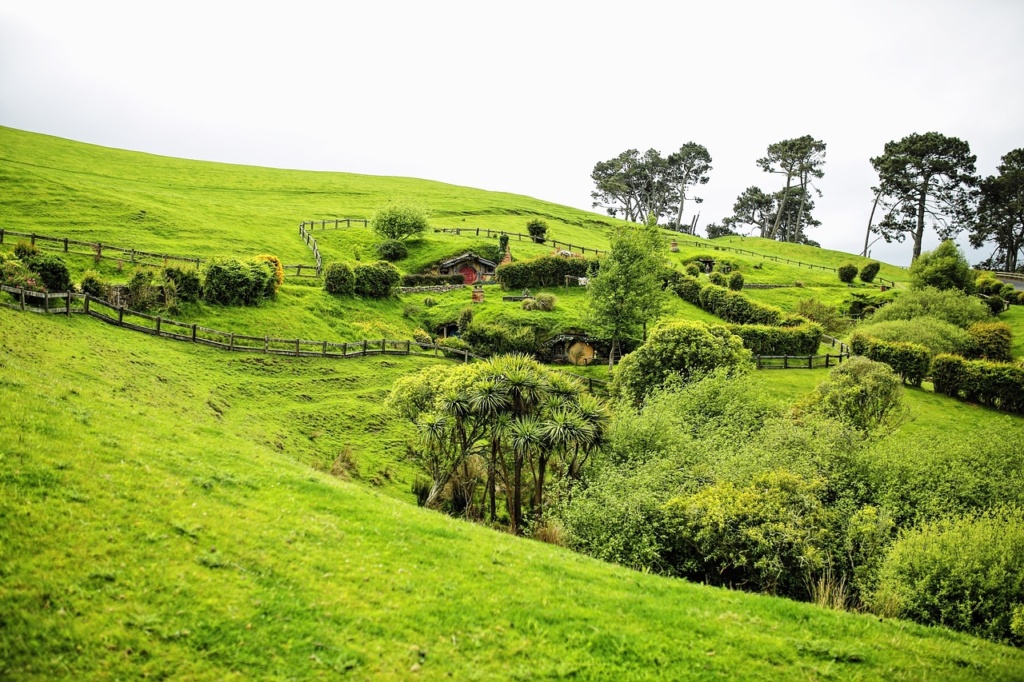
Hello, dear movie enthusiasts! It’s Emma, your trusty cinematic tour guide, and today we’re embarking on a thrilling journey into the world of location scouting—the often overlooked yet absolutely crucial phase of filmmaking. We’ll uncover how the selection of the perfect backdrop can transform a movie from drab to dazzling. So, grab your virtual compass, and let’s dive into the enchanting realm of location scouting.
The Art and Science of Location Scouting

Location scouting is the unsung hero of film production, the first brushstroke on the canvas of cinematic storytelling. It’s the process of finding and selecting the perfect places to shoot scenes, be they quaint cobblestone streets, grandiose landscapes, or hidden gems that add depth and authenticity to a story.
Think about it: What would “The Lord of the Rings” (2001-2003) be without New Zealand’s lush landscapes, or “La La Land” (2016) without the vibrant backdrop of Los Angeles? Location scouting takes filmmakers on a quest to find these visual treasures, ensuring that the setting is as much a character in the story as the actors themselves.
Authenticity and Atmosphere
One of the most significant impacts of location scouting is the authenticity and atmosphere it brings to a film. Let’s take “The Grand Budapest Hotel” (2014) as an example. Director Wes Anderson and his team scoured Europe for the perfect locations to recreate the whimsical world of the film. The result is a visually stunning and immersive experience that transports viewers to a bygone era.
Similarly, “No Country for Old Men” (2007) thrives on its bleak and desolate landscapes, which perfectly mirror the film’s themes of despair and moral decay. The arid, sun-soaked vistas of West Texas become an integral part of the story, enhancing the movie’s tone and atmosphere.
Enhancing Character and Plot
Location scouting isn’t just about pretty scenery; it’s about finding places that enhance character development and plot progression. Take “Lost in Translation” (2003), for instance. The bustling streets of Tokyo serve as a backdrop to the characters’ isolation and sense of disconnection. The city becomes a character in itself, shaping the emotional landscape of the film.
In “The Shining” (1980), Stanley Kubrick used the eerie and isolated Overlook Hotel to intensify the psychological horror of the story. The hotel’s remote location and labyrinthine corridors add layers of tension and dread to the narrative.
Budget and Logistics
Location scouting also has a significant impact on the budget and logistics of a film production. Shooting on location can be expensive, especially when it involves traveling to remote or exotic places. However, the investment can pay off in the form of authenticity and visual appeal.
Consider “Mad Max: Fury Road” (2015), which was filmed in the deserts of Namibia. While the logistics were undoubtedly challenging, the breathtaking desert landscapes added a level of realism and grandeur that would have been impossible to achieve on a soundstage.
On the flip side, some films opt for practicality and budget constraints. Christopher Nolan’s “Dunkirk” (2017) was filmed on location in Dunkirk, France, to recreate the historic evacuation. This decision not only added authenticity but also posed logistical challenges that the production team had to overcome.
The Art of Transformation
Location scouting is not just about finding the perfect spot; it’s also about transforming those locations to fit the filmmaker’s vision. “Inception” (2010), directed by Christopher Nolan, used location scouting and a dose of visual effects to create mind-bending dreamscapes. The streets of Paris folded in on themselves, and entire cities were constructed within the minds of the characters.
The Perfect Marriage: Location and Story
Sometimes, location scouting is about finding a place that becomes inextricably linked with a film’s identity. New York City has played this role in countless movies, from “Breakfast at Tiffany’s” (1961) to “Spider-Man” (2002) to “Birdman” (2014). The city’s iconic skyline and bustling streets have become synonymous with various cinematic stories and genres.
Conclusion: Where Movie Magic Begins
In the grand tapestry of filmmaking, location scouting is where the magic truly begins. It’s the process of unearthing hidden gems, unlocking the potential of breathtaking landscapes, and ensuring that every scene comes alive with authenticity and atmosphere. From the bustling streets of New York City to the remote deserts of Namibia, locations become characters in the stories they inhabit.
So, the next time you’re swept away by the beauty of a film’s setting or transported to another world by its authenticity, take a moment to appreciate the artistry of location scouting. It’s the secret ingredient that turns a good movie into a cinematic masterpiece.
Stay tuned for more cinematic adventures, my fellow movie lovers, and may your next movie night be filled with awe-inspiring locations and unforgettable stories!


